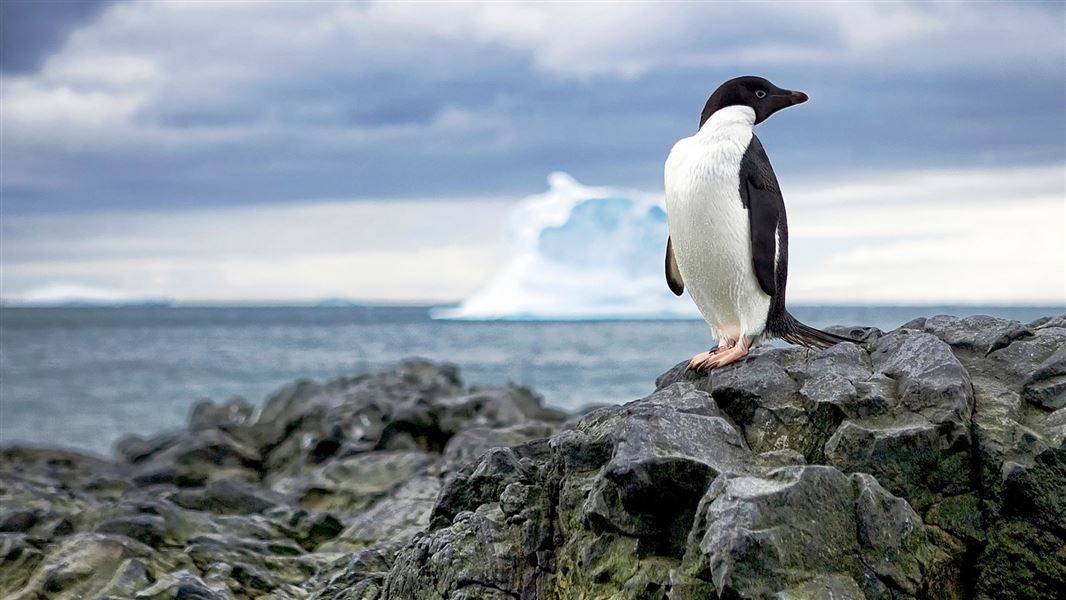Antarctica is the world’s most pristine continent, where species found nowhere else can thrive in an environment free from major human disturbance. The Southern Ocean has a rich and unique bounty of marine life and largely untouched ecosystems.
Both Antarctica and the Southern Ocean are of immense value as a base for international research, where we can learn about the climate, oceanology, meteorology, astronomy, marine life and geology.
As a neighbouring country, New Zealand and New Zealanders have a close association with Antarctica and the Ross Sea region (the area of the Southern Ocean adjacent to New Zealand).
Under the Conservation Act 1987, the Department of Conservation (DOC) promotes the benefits of international cooperation on matters relating to conservation, and the conservation of the natural and historic resources of the Ross Dependency and Antarctica generally.
New Zealand’s Statement of Strategic Interests in Antarctic and the Southern Ocean (2019) guides New Zealand’s policy decisions and approach on Antarctic issues.
The Ross Sea region contains the world’s largest marine protected area (MPA), covering 1.55 million square kilometres, of which 1.12 million square kilometres is fully protected.
The Ministry of Foreign Affairs and Trade (MFAT) is New Zealand’s lead Government agency for this area, with support from Antarctica New Zealand, the Ministry for Primary Industries and the Department of Conservation.
DOC promotes conservation in the region by participating in and contributing to the Antarctic Treaty System.
Antarctic Treaty System (ATS)
The Antarctic Treaty System has three components.
The Antarctic Treaty (1959)
This Treaty covers the area below 60° south latitude. It establishes Antarctica as a place used for peaceful purposes only, ensures freedom for scientific investigation and international cooperation to achieve this, and sets aside disputes over ownership/rights claims.
Parties meet annually at the Antarctic Treaty Consultative Meeting (ATCM), where they:
- exchange information
- consult on Antarctic matters of common interest, and
- agree on measures to support the Treaty’s principles and objectives.
The Protocol on Environmental Protection to the Antarctic Treaty (1991)
This commits Parties to the protection of the Antarctic environment and defines Antarctica as a natural reserve devoted to peace and science. The Protocol covers various aspects of environmental protection. A Committee for Environmental Protection (CEP) advises the ATCM on the implementation of the Protocol, and meets alongside the ATCM each year.
The Convention on the Conservation of Antarctic Marine Living Resources (CCAMLR) (1980)
The objective of the Convention is conservation of marine living resources of the area south of 60o south. For the purposes of the Convention the term conservation includes ‘rational use’. A Commission meets annually to agree measures to govern the harvesting of marine living resources and associated impacts on the environment.
DOC‘s role is to seek ongoing improvement of environmental rules under these Agreements and ensure they are effectively implemented. We focus on the establishment of comprehensive and effectively managed protected areas, minimising impacts of activities on vulnerable species, understanding and addressing the environmental impacts of climate change, and protecting the integrity of Antarctic ecosystems.
